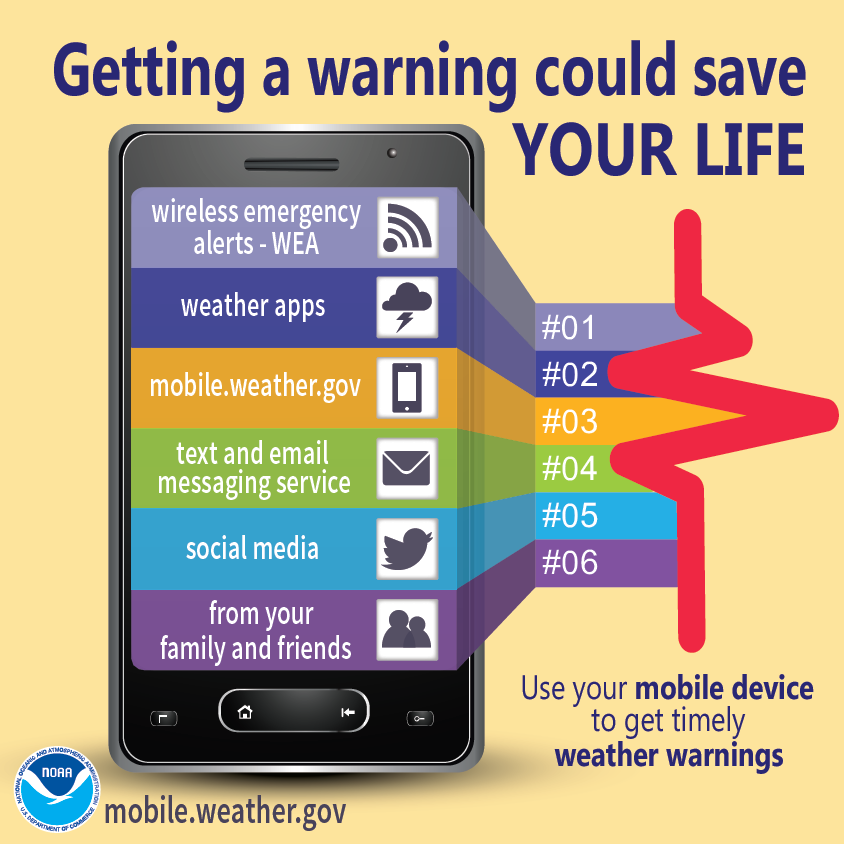Tornado Watch vs Warning: What’s the Difference and Why It Matters
Staying safe during severe weather starts with knowing the difference between a tornado watch vs warning. These terms are often used in news alerts and emergency notifications, but misunderstanding them can risk your safety. In this article, you’ll learn what each alert means, how to respond, and where to find the most reliable information.

Tornado Watch vs Warning: The Basics
A tornado watch means that conditions are right for tornadoes to form in and near the watch area. Meteorologists issue a watch when severe storms are likely, but a tornado hasn’t actually been spotted on the ground. During a watch, you should stay alert, review your safety plan, and be prepared to move to shelter quickly if conditions worsen.
On the other hand, a tornado warning means a tornado has been sighted or indicated by Doppler radar. If you are in an area under a warning, you must take shelter immediately. The risk of severe injury or death is highest during warnings, so prompt action is essential.
Why Understanding the Alert Matters
Knowing the difference between a tornado watch vs warning can help you decide how to act. A watch is your cue to get ready. Review where you’ll take shelter at home, work, or school. Secure outdoor objects and keep updated, as storms can develop quickly. A warning, by contrast, signals immediate danger. Move to a basement, storm cellar, or interior room on the lowest floor—away from windows and outside walls.
For additional details on how the National Weather Service defines these alerts, check out this comprehensive article on thunderstorm watches and warnings. It offers clear guidance on severe thunderstorm watches, warnings, and when to take cover.
How Are Watches and Warnings Issued?
Weather experts use advanced radar and storm spotter reports to decide when to issue alerts. A tornado watch typically covers a broad area and is issued for several hours as weather conditions unfold. Tornado warnings are much more localized and short-lived—often focused on one or two counties and lasting less than an hour. Warnings are always based on direct evidence of tornado activity.
Wireless Emergency Alerts and social media updates help keep you informed in real time. You don't have to sign up for these alerts; most smartphones receive them automatically if your carrier participates. Staying aware can help you react quickly and effectively when every minute counts.
To see more about how watches, warnings, and emergencies differ, you can watch this quick explainer video from MSN.
What Should You Do During Severe Weather?
-
If a tornado watch is issued:
- Review your emergency plan.
- Gather emergency supplies (flashlights, water, important documents).
- Stay tuned to local news, NOAA Weather Radio, or your smartphone for updates.
- Be ready to shelter on short notice.
-
If a tornado warning is issued:
- Take shelter immediately.
- Go to a basement, storm shelter, or interior room without windows.
- Protect your head and neck with sturdy furniture, a mattress, or your arms.
- Stay away from outside walls and corners where debris can collect.
Final Thoughts
Understanding the difference between a tornado watch vs warning could one day save your life. Recognize that a watch is the time to prepare, while a warning is the time to act. Keep updated with official sources and have a plan ready, especially during thunderstorm season. Stay safe, stay prepared, and share this knowledge with your loved ones.
For more weather preparedness resources, visit the National Weather Service or watch the informative video guide.